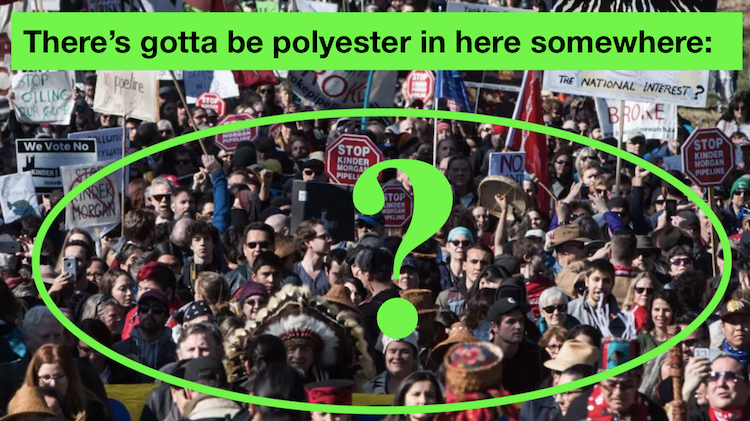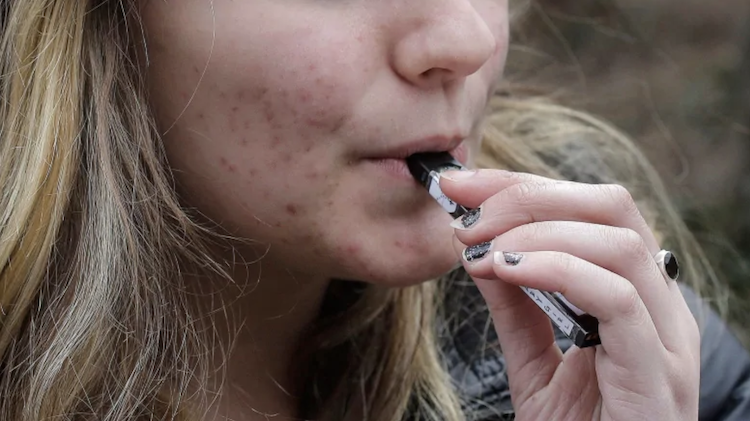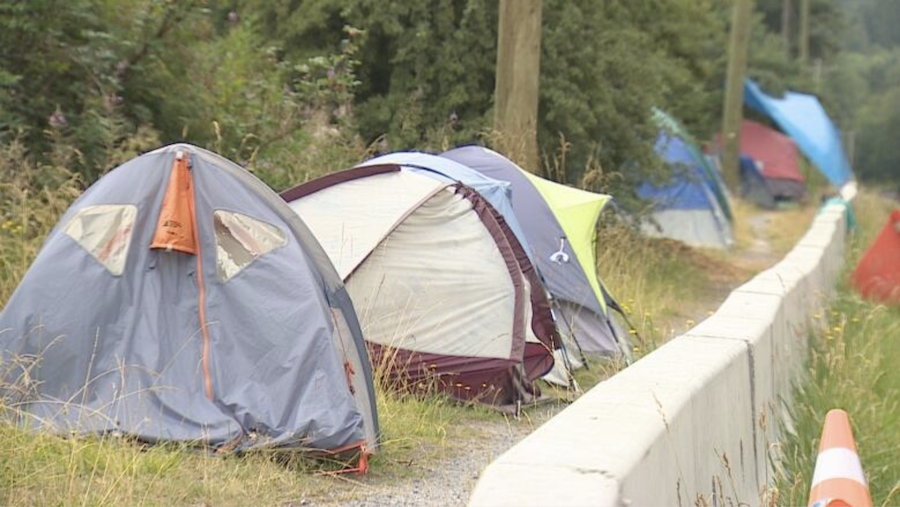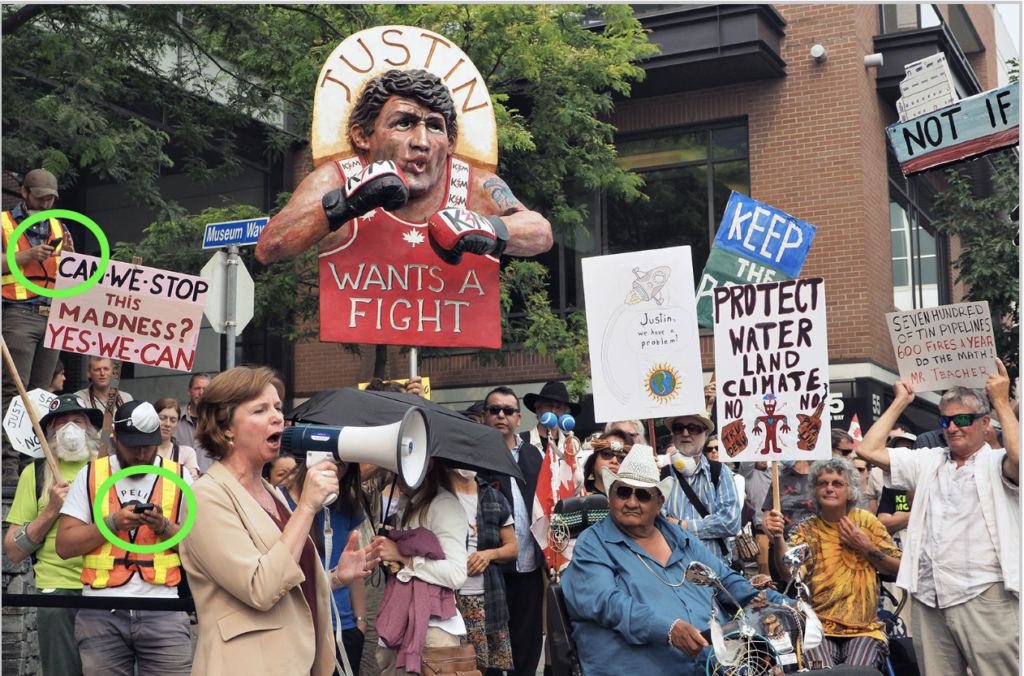Column
Report
Top ten oil products that anti-oil activists use
Some anti-oil activists want governments to simply halt oil and gas projects, keeping those resources in the ground.
Yet at the same time, many anti-oil activists routinely choose to purchase products that are made with oil – and we’re not just talking about gas for their cars or diesel for their buses.
With that in mind, here’s our Top Ten Oil Products that Anti-Oil Activists Use:
10) TENTS – When protestors set up a camp in Burnaby last year to protest the Kinder Morgan pipeline, the Vancouver Sun reported that they set-up “dozens of tents” at the site. But as Petroleum Service Company’s blog notes, tents are made with petroleum products:
“Nylon tends to make up the canopy of most tents. For a brief history lesson, Nylon 6 was the first ever synthetic fiber manufactured from chemicals found in crude oil.”
9) KAYAKS – Last year some protestors used kayaks to express their anger with the Trans Mountain pipeline project at Burrard Inlet in B.C. However, as you can see in this blog post, kayaks are typically made with petroleum materials.
8) SUNGLASSES– What would a protest be on a bright sunny day without sunglasses? Yes, they too are often made with petroleum products.
7) CELL PHONES – Everyone seems to have a cell phone now days – including oil protestors. But not only do cell phones require petroleum products to power the ships that transport them from China, cell phones also require petroleum products to make their various components. See this blog – click here.
6) POLYESTER – Yes, this is another material that’s made with petroleum products – click here.

5) INK FOR THEIR SIGNS – No protest is complete without a sign … and no sign is complete without ink. Guess where ink and plastic markers come from? Click here.
4) BACKPACKS – No self-respecting anti-oil protestor walks around without a backpack full of the latest David Suzuki and Naomi Klein novels. Well, more often than not, those backpacks are also made with petroleum products – click here to learn more.
3) VAPING FLUID – When you’re taking a hit after a long day of protesting, you can thank the oil and gas industry. Petroleum Service Company explains how, including this snipit:
“…propylene glycol itself is made from petroleum byproducts while this may sound a bit nasty for inhalation, the finished product is almost completely pure (if, of course, it is USP/EP grade). Through hydrocarbon cracking, a natural byproduct propene is formed which, in turn, is compressed into a liquid which is used as the starting fluid for the ever-complicated propylene glycol.”

2) UNDERWEAR – This item may not apply to all anti-oil protestors, but one has to figure most are wearing underwear … and the elastics made in underwear, you guessed it – made with petroleum products – click here to learn more

1) BICYCLES – Yes, even bicycles require petroleum products. From various plastic pieces on a bicycle, nylon for the seat and the grease for the chain to synthetic materials for the tires, even bicycles use oil and gas products.
CONCLUSION: It seems difficult to imagine how our society could suddenly leave oil “in the ground.” After all, even the most fierce anti-oil activists can’t seem to live without it.
PS – If you’re interested in learning more about products that are made from oil, here are a few great sites:
- Petroleum Service Company blog – click here
- LinkedIn list by energy consultant Steve Pryor – click here
- Canadian Association of Petroleum Producers blog post on oil and the Stanley Cup – click here









